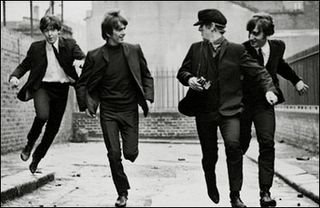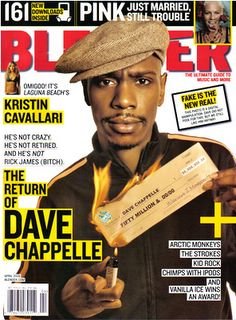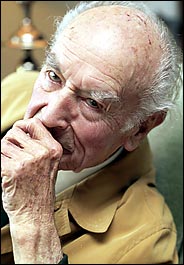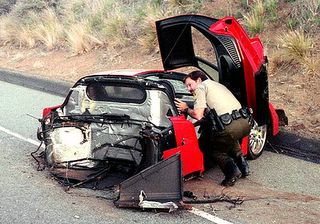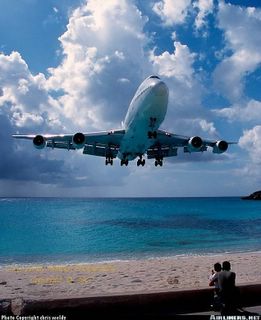
Mt. Abu India by Carl Parkes
I just got back from a two week press trip to Arizona organized by SATW, which featured several travel writers and editors pontificating on the perils of travel writing in the modern age. The travel editor and former freelance travel writer who now oversees Arizona Highways, and Larry at the Dallas Morning News both had the same message for travel writers: get "chunky" and learn to love bullets in 500 words or less. I just wanted to hang myself in the nearest bathroom after hearing the doom and gloom outlook from both of these respected travel editors.
In other news, Outside magazine has posted some travel tidbits in "chunky" version (I think that means "bullets" rather than long, involved discourse) that is worth a gander, but don't expect any critical or meaningful insight. But do expect some clever and quick writing.
You can click the link at the bottom of each page to go to the next travel matter.
With 78 percent of U.S. travelers now using the Internet to plan their trips, you might assume guidebooks are on the wane. You'd be wrong. Sixty-eight percent of American travelers still turn to guidebooks for travel advice. "You can read your guidebook in the bathroom or on a train or on a ferry on the Congo River," notes Simone Andrus, whose Seattle travel store Wide World Books & Maps has seen guidebook sales rise by 10 percent since 2004.
When shopping for a guide, check the copyright page (you want something that's been updated more recently than, say, the tax code) and find one that focuses as narrowly as possible on your destination. Look for a personality that matches yours—but let go of any decade-old stereotypes. Books from Lonely Planet, Rough Guides, and Moon are still designed for adventurous travelers but now cater to those who'd rather not rough it at bedtime or mealtime. And guides from Fodor's and Frommer's have hipped up to appeal to a younger crowd, with colorful maps and graphics, plus advice on a broader range of attractions, from classic to quirky. Most important, remember that every guidebook is just that—a guide. Use it for context, consult it for planning, and know when to put it away. The best discoveries are those you make on your own.
Required Reading
"I take Graham Greene's THE QUIET AMERICAN everywhere. Whether I'm in Yemen or Saigon or Havana, it's an almost infallible guide to the perils of foreign wisdom, the resilience of native cultures, and the way we fall in love with places precisely because we can't understand or even handle them."—Pico Iyer, Travel Writer
Moving Words // Where Guidebooks Are Going
With Internet competition hot on their heels, guidebook publishers are constantly tweaking format—and focus—to keep up with travelers' needs. Here are the trends to watch. Scratch a Niche: Look for guides that cover themes, not specific regions, including The Traveling Marathoner (Fodor's, $28), Hip Hotels Atlas (Thames & Hudson, $50), and the new Take a Hike series (Moon Outdoors, $17). Undersize It: Mini-guides are hot. Perfect for quick trips, they zoom in on a destination, with fewer pages and a smaller, more packable size.
We like Insight Pocket Guides ($13–$14), 96-page books covering key sights, with handy foldout maps. Get Wired: DK's new e>>guides ($15), covering cities like San Francisco, Chicago, and Barcelona, come with passwords for access to exclusive online information, including hotel and restaurant updates. Radio-Free Planet: To increase their online presence, travel publishers are venturing into Internet radio.
Check out the new podcasts—free travel-related reports narrated by expert globe-trotters—at www.roughguides.com, www.lonelyplanet.com, and www.ricksteves.com. Go Deep: With the basics readily available online, guidebooks are amping up their historical and cultural information. Fodor's Compass American Guides ($21–$22) specialize in putting travel in context, with detailed maps and color photos.
Best of All: Top-ten lists and "best of" roundups, intended as shortcuts to the ultimate travel experiences, are also big this year. See Lonely Planet's Bluelist ($20), a guide to the travel trends of 2006, with 40 best-of categories like "most remote" and "best train trips," and National Geographic's The 10 Best of Everything: An Ultimate Guide for Travelers ($20).
Outside Magazine Link


